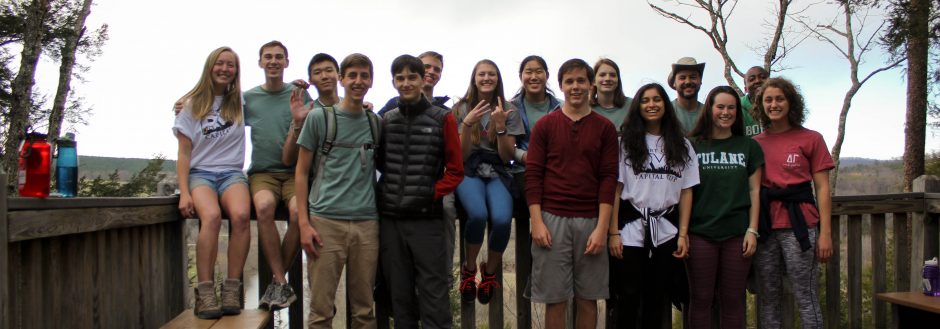The James River, throughout the years, has played a significant role in human development. However, throughout the years, the health of the James River has always been in jeopardy from much of our human involvement and actions. Throughout the semester, we went through the history of the James and the different stages of the health of the James. We managed this by going to various places that allowed us to view these up front. I picked each of these trips specifically because it reflected on the past, present and the potential future. With the trip to the museum, we had reflected on the past of the James and the influence that it played on human development. At the James River Association Education Centre, we learnt about the wildlife, such as the bald eagles, scuds and smallmouth bass. We also did the actual testing of the health of the James with the oxygen level and water clarity of the James. In the rafting trip, for observing the wildlife, I was thinking about the potential future of the James. Although the James River is doing fine, it can be improved by bringing back more species of fish, such as the American Shad. Hopefully in the future, the state of the James can improve as the city of Richmond also expands.
In our trips and previous OBL, I like to compare it to what we learn in the classroom. Especially in the chapters from In River Time, we use what we learn in the chapters in which our classmates present. These usually centre around the history of the James and the perspective of the James through different eyes. For example, in the chapter of the Champion of the Golden River, with my activity, I wanted to put people into the perspective of how people interpreted James. With the two perspectives consisting of John Smith and the colonists and Opechancanough and the Powhatan. These perspectives were able to allow people to have fun with it but also learn the intentions for the James throughout history. The Powhatan intended to keep the river sacred and prioritise their river, and John Smith wanted to use the river’s resources to better the state of their people. As history progressed, we know what happened to the Powhatan and John Smith, as human involvement had changed what we previously used the James for and how sacred it was to the Powhatan prior to the arrival of the colonists.
On these trips, we learnt a lot about the health of the river throughout the years and the improvement the Richmond community has done throughout the year. In previous entries, I went into detail regarding each trip, but in discussing the Kepone disaster in 1975, the health of the James was rated extremely poorly early on with the grade of a D. However, now James has gotten a grade of a B within the past 20 years. This rapid recovery throughout the years has been in large part due to organisations such as the James River Association, and their contribution to improving the health of the James is paying off. When we went rafting, it was the first time I had ever been rafting or in an outdoor scenery so green. Even more meaningful was the scenery of the Richmond skyline being surrounded by the American sycamore and river birch trees. It really exemplifies the urban integration of the Richmond area with the James River. To compare Richmond in the 1850s and how it is now, it seems people knew how important the river was but were not knowledgeable about how important the health of the James is. With time, people started to become more knowledgeable, but, in 1975, the James had sadly taken a hit with the Kepone incident. However, as we bring it back to the present day, we can reflect on hopefully the positive impacts in the future as we seek to further improve the James.


